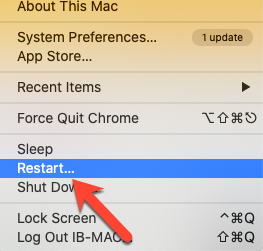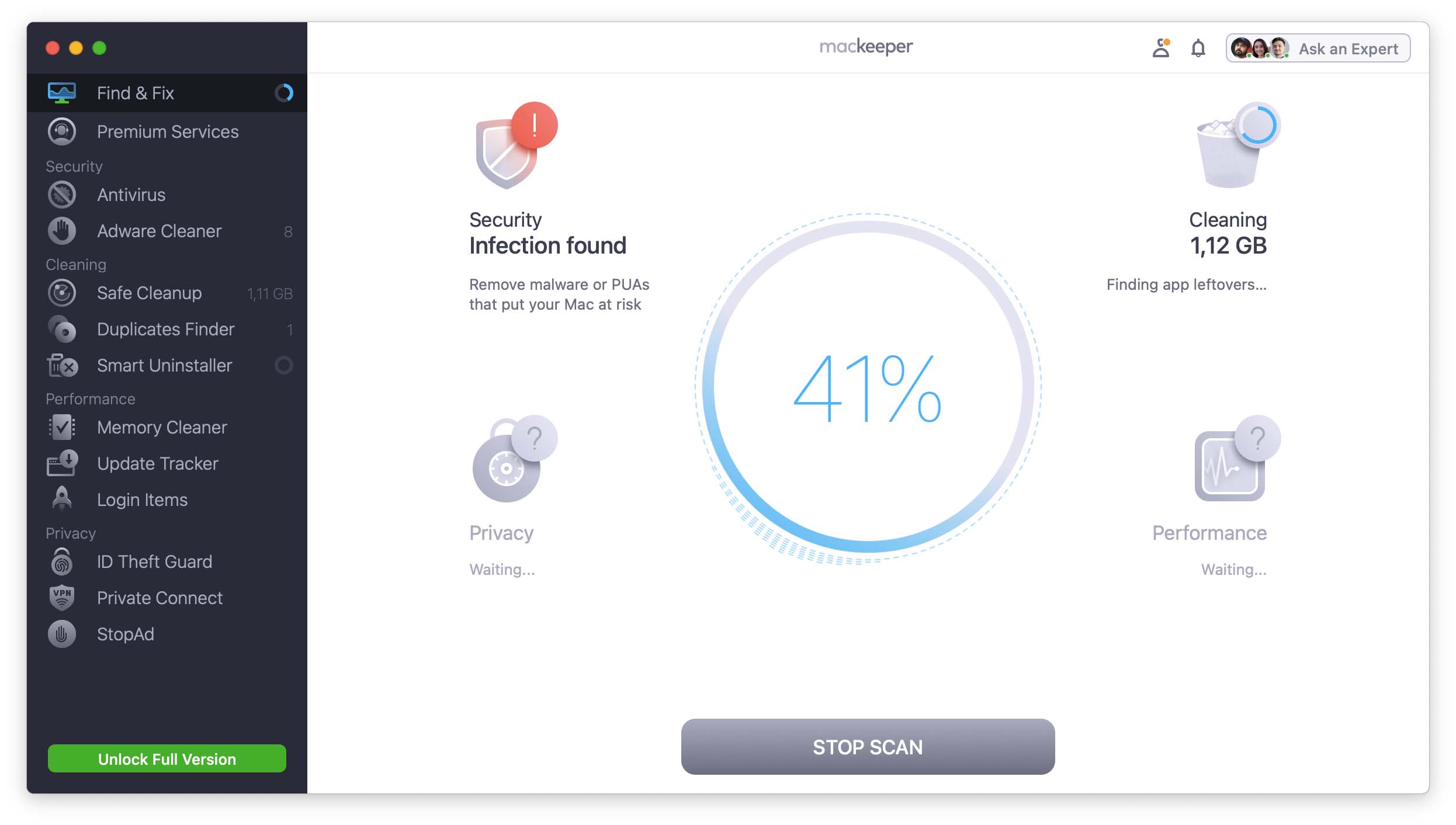

You will have to close and reopen it after performing each step described in this article to see how much space was recovered after each step. Note that Disk Utility doesn’t refresh automatically when you delete something from your device. We are going to use this utility to track progress. Here you will find your hard drive total capacity, as well as free, used and purgeable space.


Click on your primary internal hard drive on the left pane to review disk information. There you will find a list of all internal hard drives and external storage devices currently connected to your computer. To open up the program, go to Spotlight Search and look for “Disk Utility”. It allows you to review and manage your storage devices. Mac OS has a great built-in program called Disk Utility. The methods presented here will work alike on multiple generations and models of Apple products, such as iMac, Mac Pro, MacBook Pro, MacBook Air, and Mac Mini. In this article, we will go over the most common and effective ways to claim back those precious megabytes, gigabytes, or even terabytes. There are quite a few programs and services running on your Mac that may be eating up the valuable storage space that you may never even knew about. There might be multiple reasons for this and it is not necessarily related to storing large amounts of files on your device. After using your Mac computer for some time you may realize all of a sudden that it is running low on storage memory.


 0 kommentar(er)
0 kommentar(er)
